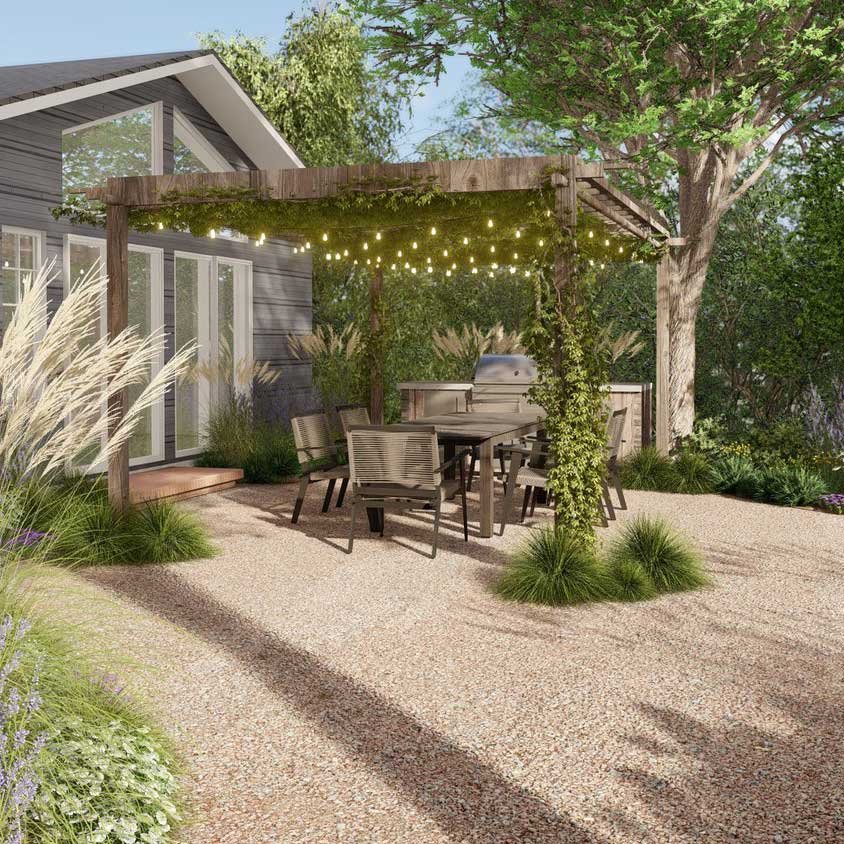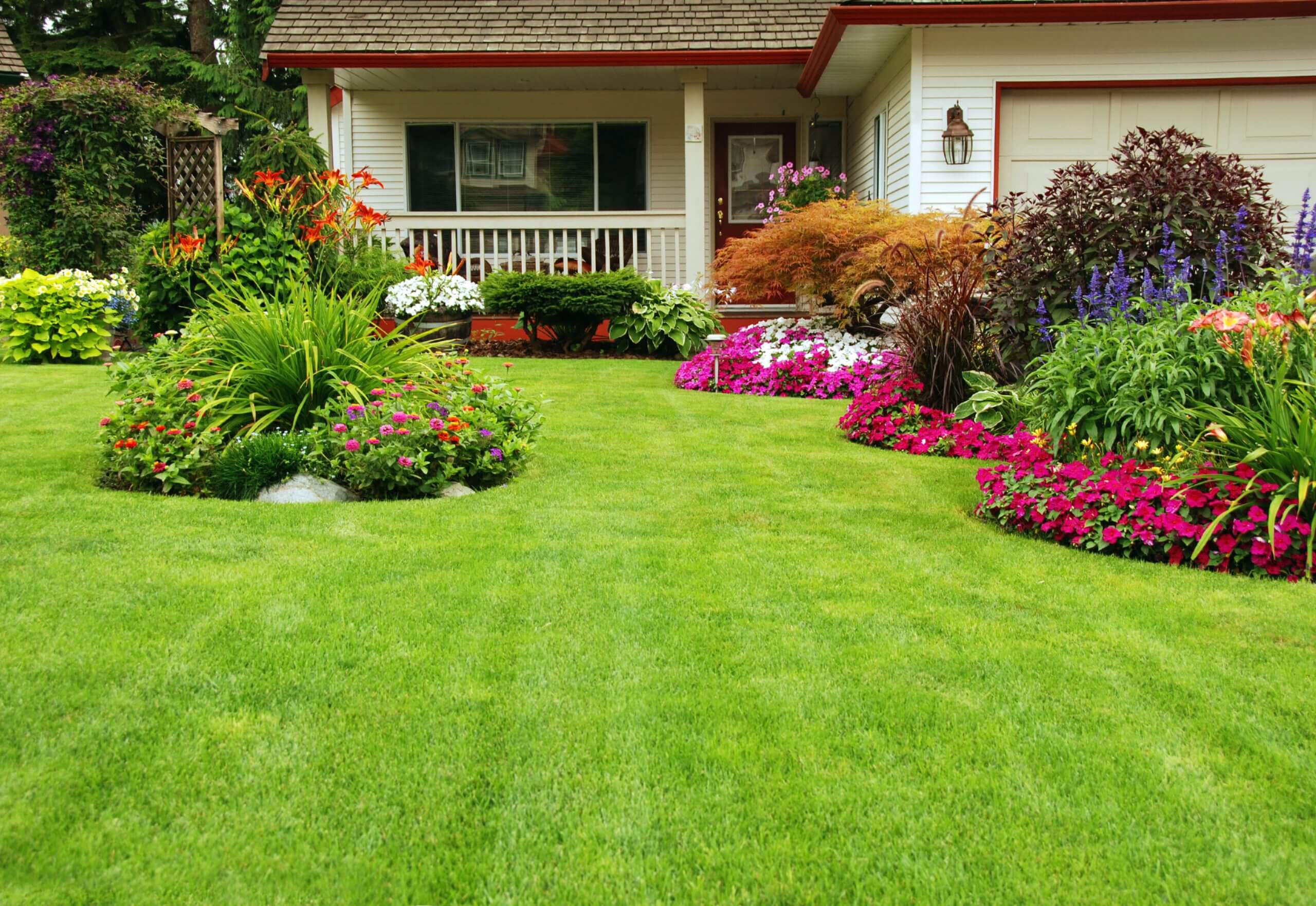Unknown Facts About Landscapers
Unknown Facts About Landscapers
Blog Article
Landscapers Can Be Fun For Everyone
Table of ContentsLandscapers Can Be Fun For Anyone3 Easy Facts About Landscapers DescribedLandscapers Fundamentals ExplainedThings about LandscapersNot known Details About Landscapers
In the PNW there are semi-deciduous or semi-evergreen plants that might lose their fallen leaves depending on just how cool the winter season is. - A flat gathering space, made of timber or composite product (made to look like wood), usually nearby or connected to a structure.

- Granite that is weathered to the point that it is a really fine accumulation. This is an all-natural process, and the result can be made use of for paths and patio areas. Broken down granite is often referred to as DG. It is specifically useful in modern landscapes. - Trick landscape attributes being recommended in a landscape design plan.
The Basic Principles Of Landscapers
These goals lead the layout procedure, not the designer's design or choices. Typical design purposes in Rose city are reduced upkeep, drought tolerant, and pet pleasant.
Nevertheless, with time this layer can get very thick and make it difficult for water, sun, and nutrients to get to sections of the lawn.- The procedure of accumulating and managing the circulation of water on a home. This can be finished with grading, French drains pipes, dry wells, absorptive surfaces, sump pump, rainfall gardens, and extra.
Quality at the end of hillsides, with all-natural springtimes, or loaded with heavy clay have one of the most drainage problems.- A slow-moving feeding watering system that uses flexible tubes and emitters to send an exact amount of water to every plant. This is the most effective method of watering plants. - The ability of a plant to make it through without much summer water.
- A garden attribute where water is represented by an accumulated stone item, usually a gravel or granite. These are most generally found in modern-day and Japanese garden style.- A rock or flagstone patio, course, or sidewalk built without a concrete base. The base would be compressed crushed rock and the joints would be an aggregate or walkable ground cover.
Little Known Facts About Landscapers.
- A stone retaining or complimentary standing wall built without the use of mortar. - An underground framework that collect water and permits it to slow percolate right into the soil around it.
Landscape layout that is compatible with a sites' setting in both appearance and sustainability without unfavorable influences to the environment. Edging in the landscape is a line of separation that develops visual rate of interest in the yard by dividing one segment from one more section.
Locations can additionally have a feeling of "enclosure" given by trees, other growings, fencings, or screens. The landscape near the entrance to a building.
A plant that is not native to the location where it will certainly be planted. Thicker bladed turf grass that spread through rhizomes.: The level of soil on your home before bark dust or compost is spread out.
Getting My Landscapers To Work
:max_bytes(150000):strip_icc()/look-up-look-down-photography--o7ASOHDV9E-unsplash-62ac6efd6d724c7abb7320fefe03b411.jpg)
The function, reason, or action that an area is be landscaped for. Stairs work, as an example, to allow foot web traffic backwards and forwards an incline. Area for growing plants for viewing, eating, or physical task. A roofed structure used over an exterior event area. The sprouting of a seed, probably referring to a grass that is being grown from seed.
Rock item, either rounded or fractured, that is fairly little- typically 1" or much less. Low plants that are allowed or motivated to spread out over a location. Can describe any "hard" yard aspects consisting of statuary or rocks yet a lot of commonly is utilized to refer to paths, patio areas, and walls.: Elevation difference in between the degree of water in a fish pond (or the level of the pump if it rests outside the fish pond) and the upper outlet of water which impacts efficiency of the water pump in gph (gallons per hour). Thick shrubs or trees that create a fence, screen, or limit.

An Unbiased View of Landscapers
A more loosened up yard dominated by rounded rather check out this site than straight bed lines and a much less rigid structure. Traditional PNW landscapes are informal. A plant that spreads greater than preferred, or into habitats where it does damage. Rose city has a list of invasive plants that need to not be mounted in landscapes because they can infect woodlands or waterways and be hard to manage.
Can include visit head positionings and coverage, pipeline sizing, GPM specifications, and products needed to mount this system. Certified expert that designs landscapes, schooled in design and architecture as well as in horticulture.
Landscape designers normally have less education than Landscape Architects and are not certified. A completed landscape layout, outlining all elements for the new landscape.
A water tight HDPE material used below ponds, streams and waterfalls in water attributes. Utilizing numerous growings of the very same variety to fill in an area in the landscape.
Report this page